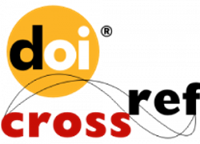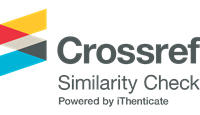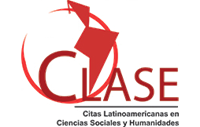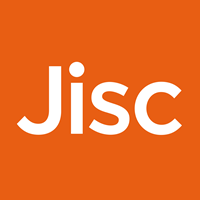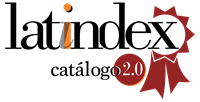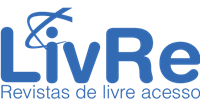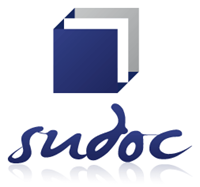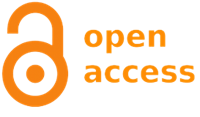
Directrices Éticas – Editores
- Busca mejorar constantemente la revista y satisfacer las demandas de los autores y lectores;
- Adoptar prácticas destinadas a garantizar la calidad de la revista;
- Defender la libre expresión y mantener la integridad del registro académico, así como evitar la investigación que no respeta los estándares éticos recomendados por los comités de ética de investigación (COPE, CONEP) se publican;
- En el caso de la investigación que involucra a los humanos o los animales, verifique si contienen el protocolo de aprobación por los comités de ética institucional;
- Publicar en forma de correcciones posibles, aclaraciones, retracciones y reconocimiento de cualesquiera fallas cometidas, siempre que sea necesario, incluso cuando se identifican los conflictos de intereses (financieros, personales, profesionales). El equipo editorial debe evaluar cuidadosamente cada situación, en contacto con los autores, con sus instituciones y otras partes, cuando sea apropiado.
- Proporcione, cuando sea apropiado, información sobre el financiamiento de la revista y alentar a los autores a hacerlo con respecto a su investigación;
- Fomentar la precisión, la integridad y la claridad en las publicaciones;
- Asegurar las evaluaciones objetivas e imparciales a través del proceso de revisión de pares y la atención de confidencialidad (cf. Flowchart);
- Envíe los manuscritos por el sistema de detección de plagio de Ithenticate. El porcentaje tolerable, teniendo en cuenta los resultados del sistema de detección de plagio, es del 20% (sin tener en cuenta las citas). Detectado el plagio, después de analizar a los editores, se resumirá la presentación, los autores serán notificados y con esto pueden reformular el artículo y enviarlo nuevamente. No se permitirá la publicación de textos ya publicados en Annals of Scientific Events o Blogs (cf. Flowchart);
- Proporcione información sobre todo el proceso de publicación y un mecanismo para que los autores puedan recurrir a las decisiones que consideren inexactas;
- Para mejorar los medios de comunicación, las revisiones, los debates y las retracciones posteriores a la publicación, la revista ofrece sus perfiles de Facebook e Instagram en su sitio, para los cuales mantiene el contacto con los autores, los lectores y el público en general; y
- No interfiera con las decisiones sobre las presentaciones a menos que se identifique un problema grave, como se ha mencionado anteriormente (cf. Flowchart).




